| Posted: | |
| (Nanowerk Spotlight) Since 2009, NT-MDT Co. has been holding a contest of scientific art images obtained by atomic force microscopes (AFM). Each month, researchers from around the world submit their AFM scans to the dedicated ProIMAGE contest site where they are then subject to online voting by site visitors. | |
| The site's security features prevent automated bulk voting. Any IP-address is allowed to send one vote a day and voting has to be manual, i.e. through entering a security code. Therefore, the only way for contestants to increase their vote score significantly is to mobilize their social networks to regularly vote for their image. | |
| According to NT-MDT, a simple gender analysis of monthly winners shows that a) the percentage of women has been rising for two years, and b) women attract more votes originating from social networks. | |
| The way the contest works is that every month, the participant with the most online votes cast for him or her becomes the monthly winner. Only the overall winner, at the end of the year, is determined by a jury rather than by popular vote. | |
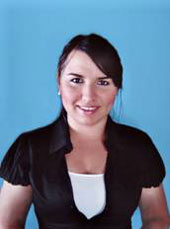 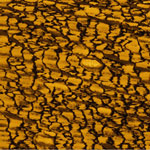 |
|
| The July round winner of the ProIMAGE Contest 2009 Gizem Durak (Turkey) and her image "Dried Land". | |
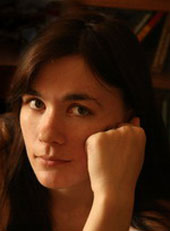 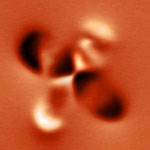 |
|
| The November round winner of the ProIMAGE Contest 2009, Olga Yermolaeva (Russia) and her image "Antivortex". | |
| In 2009, the ratio of male to female scientists among the contestants was almost 3:1 (38:13) – but the ratio of winners was only 2:1. Among the six monthly winners (the contest ran for only the second half of the year) were two female scientists. | |
| The results are more striking in 2010: While slightly more women participate to bring the male/female ratio close to 2:1, now all the monthly winners are women. | |
| The competition during the September voting was quite interesting. Ms. Iuliana Stoica from Romania and Mr. Artem Rasvodov from Russia went head to head, keeping the suspense to the last hour. Both of them attracted mostly social network contacts. But finally Ms. Iuliana won. | |
| In the October voting, two Russian lady scientists competed with each other so strongly, again, mostly fueled by social network contacts, that they left the other contestants far behind. In the end, Stella Kutrovskaya won the race. | |
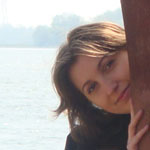 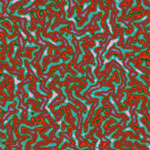 |
|
| The August round winner of the ProIMAGE Contest 2010 Iuliana Stoica (Romania) and her image "Micro Labyrinth". | |
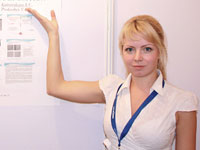 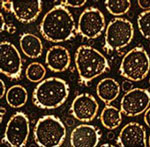 |
|
| The September round winner of the ProIMAGE Contest 2010 Stella Kutrovskaya (Russia) and her image "Ring Structures". | |
| In evaluating the voting sources through IP-address matching, NT-MDT found that the most widely used social network in the US and Europe is Facebook, and in Russia it's Vkontakte. LinkedIn and Libero in Italy were also used, but to a much lesser extent. | |
| Of course, these observations are more trivia than hard scientific facts. Nevertheless, they appear to reveal a phenomenon of higher online communication skills among female scientists. It remains to be seen to what degree social networks à la Facebook and LinkedIn will change the way the scientific community interacts and communicates. There are already dedicated social networks for scientists such as Nature Network, Labmeeting or GradShare that provide a more specific community than the universe-hugging Facebook. | |
| On a more entertaining note, there is now a website called IsMyThesisHotorNot.com that plays on its more superficial cousin, HotorNot.com, which lets users vote on uploaded profile photos. This time, brainiacs post their prospective thesis titles for the public to rate with a 10-point scale. | |
| By the way, there are only a few days left for sending your image submissions for the December monthly competition. | |
| Source: NT-MDT | |
|
Become a Spotlight guest author! Join our large and growing group of guest contributors. Have you just published a scientific paper or have other exciting developments to share with the nanotechnology community? Here is how to publish on nanowerk.com. |
|
